My colleague’s grandmother is rather plucky at 87 years old.
Just last year, she underwent heart valve replacement surgery and now has a free pass to resume activities and interests as normal.
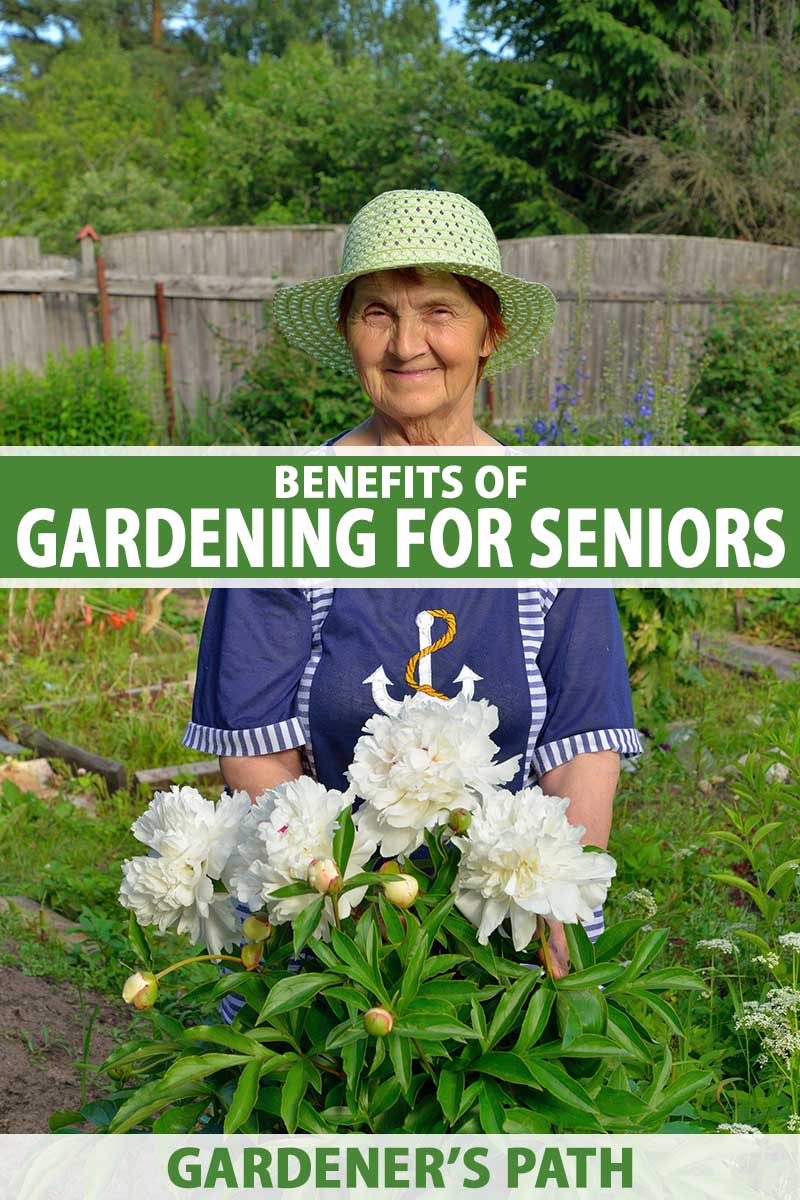
We link to vendors to help you find relevant products. If you buy from one of our links, we may earn a commission.
Her first tasks after recovery were tending to her peony bushes and setting up a trellis for some flowering vines.
This article shares seven tips for enjoying time outdoors among plants as we age. And while it may no longer be possible to plow the back forty, the experience can still be rewarding.
Here’s what we’ll cover:
What You’ll Learn
Let’s head out to the backyard!
Benefits of Horticulture for Seniors
Gardening is a healthy form of low-impact exercise that provides us with much-needed fresh air and sunshine.
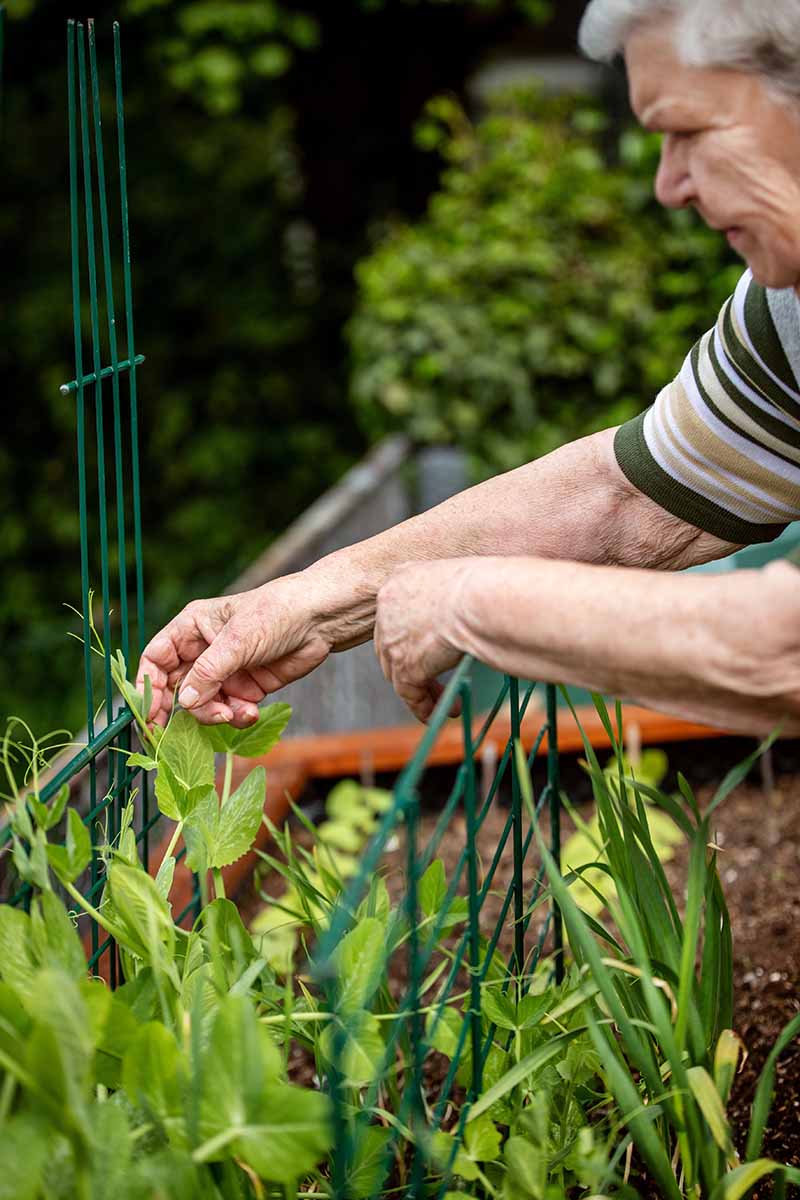
Horticultural pursuits require focus, which keeps the mind sharp and increases the attention span. Other positive benefits of tinkering in the flower beds at any age include:
- Decreased risk of dementia
- Improved hand strength and dexterity
- Lower stress levels and higher self-esteem
- Reduced heart attack and stroke risk
If this hasn’t convinced you that everyone should spend time among their favorite plants, there are some less scientific reasons to cultivate a green thumb as well.
Time together in the yard helps bridge the gap between the generations, creating mutually satisfying outdoor interactions.
Obstacles to Overcome
Seniors may be passionate about their lawns and flowers, but their physical abilities may no longer keep pace with their hearts’ love of plant care.
The physical requirements of ground-level digging, standing, and stooping present challenges likely to turn off older horticultural enthusiasts.
One way to surmount the struggles is to have frequent chats with older loved ones about issues keeping them from pursuing their green passion. Many concerns may be easily resolved with proper techniques and ergonomic tools.
7 Best Practices
Many seniors live alone and want to continue growing plants independently.
The following seven tips are helpful for all who find pleasure among the peonies and especially for those who require adaptive comfort measures.
1. Create Raised Beds
A sound raised bed system elevates the soil to a more manageable level.
Working up off the ground is perfect for pest and weed control and eliminates some of the pain points associated with bending, kneeling, and working below waist level.
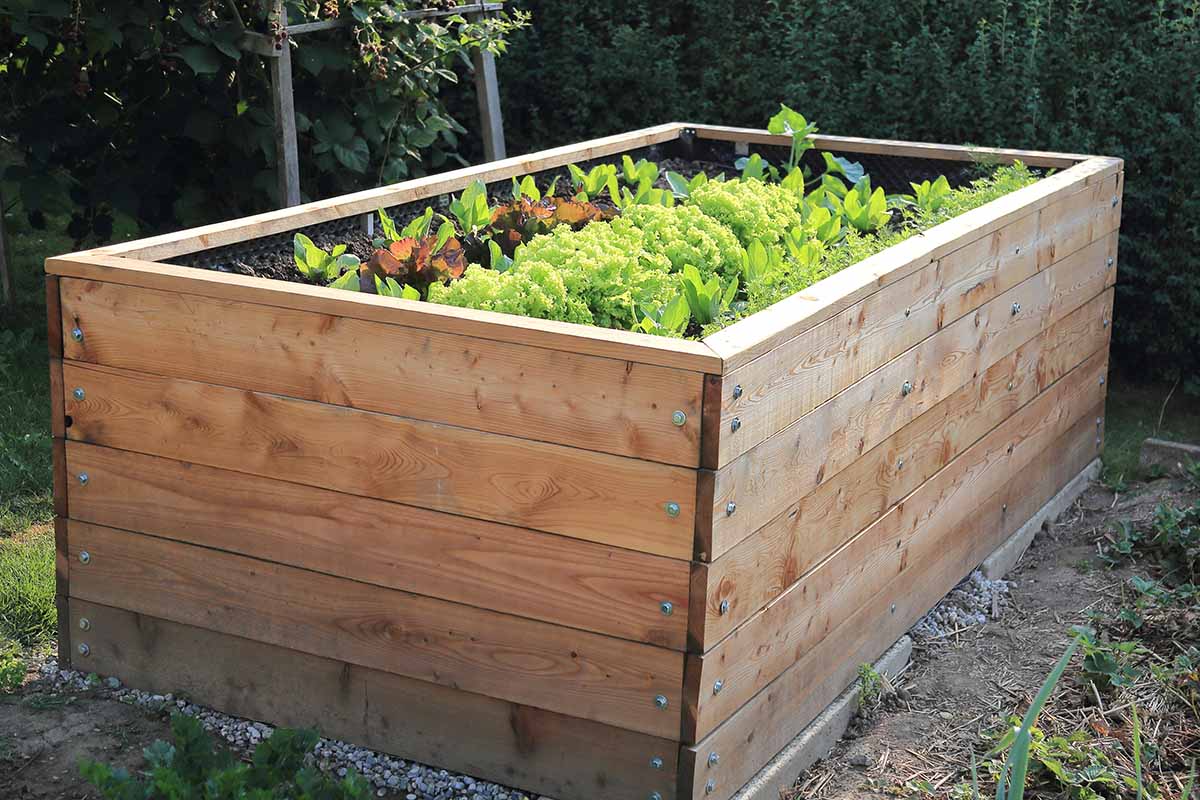
A well-conceived raised bed may also be suitable for someone with a walker or in a wheelchair.
Our article on raised beds can help you get started.
If raised beds are beyond your capabilities, you can grow plants in individual pots on a picnic table.
Any configuration that places the plants higher up is an improvement over bending to the ground.
2. Make It Comfortable
If kneeling is possible, a product with a soft cushion for the knees and handles to support up and down movement may be all that’s needed to tend ground-level plants.
The Lemy Folding Garden Stool is a kneeler and seat in one. It measures 24.38 inches high by 10.88 inches deep by 19.13 inches wide and holds up to 250 pounds.
A foam-padded cushion softens the impact on knees, and a handy canvas tool caddy keeps essentials organized. Tubular steel side rails provide stability.

When you’re ready to take a break or work at a higher level, turn the stool over and sit down instead.
The Lemy Foldable Garden Stool is available via Amazon.
Another product to consider is a rolling cart with a seat and an equipment caddy.
The Deluxe Tractor Scoot with Bucket Basket is made of powder-coated steel and features pneumatic tires, a 360-degree swivel seat, and a bucket compartment to store supplies.
Deluxe Tractor Scoot with Bucket Basket
The dimensions are 44.5 inches long by 18 inches wide by 22 inches high, with a weight of 37 pounds, and a weight capacity of 400 pounds.
The Deluxe Tractor Scoot is available from Gardener’s Supply Company.
3. Protect Yourself
The older we get, the more sensitive we are to heat and sun.
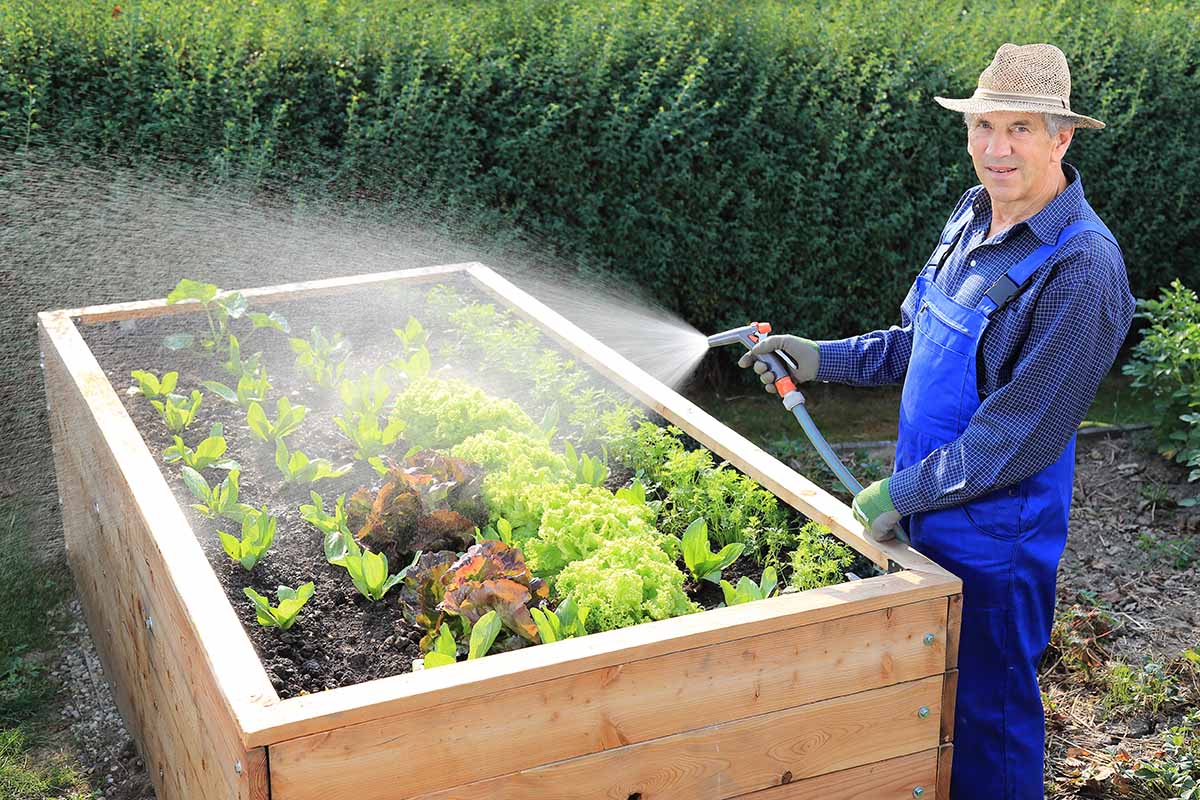
A good sun hat, sunglasses, sunblock, and a long-sleeved button-up shirt are essential for keeping cool and avoiding the risk of sunstroke, sunburn, or the problems due to extra photosensitivity that many common medications can cause.
Our guide to the best sun-protective gear has products to fit the bill.
4. Avoid Peak Hours
In addition to covering up, it’s wise to avoid the sun’s harshest rays during the hours of 10 a.m. to 2 p.m. in most North American time zones.
Adopting a common sense rule about heat and humidity and not working outdoors when the local weather authorities issue a heat advisory can be life-saving.

Poor air quality is an issue for those with respiratory problems. Staying indoors and avoiding strenuous activity on days when the AQ numbers are high is also advisable.
Inclement days are perfect for cultivating houseplants indoors.
Some of the easiest and most fun to grow are succulents and air plants, small-scale, water-wise wonders that are a breeze to care for.
5. Go Ergonomic
All tools are not created equal. Spend the extra few dollars for equipment with soft grips, easy-to-hold handles, an ergonomic form, and a manageable length.
If you have arthritis, hand tools with specially designed grips can be a game-changer!
The Bernini Ergonomic Garden Tool Set is a three-piece ensemble made of durable, rust-resistant steel. It includes a hand trowel, fork, and cultivator with slip-resistant, upright grips.

Bernini Ergonomic Garden Tool Set
The ergonomic design reduces straining by keeping the wrist straight and using the shoulder and arm muscles to do the work.
The Bernini Ergonomic Garden Tool Set is available via Amazon.
6. Safety Routines
If you or someone you love has security or emergency services set up in case of a fall or accident, ensure that the service area extends to the outdoor living space.
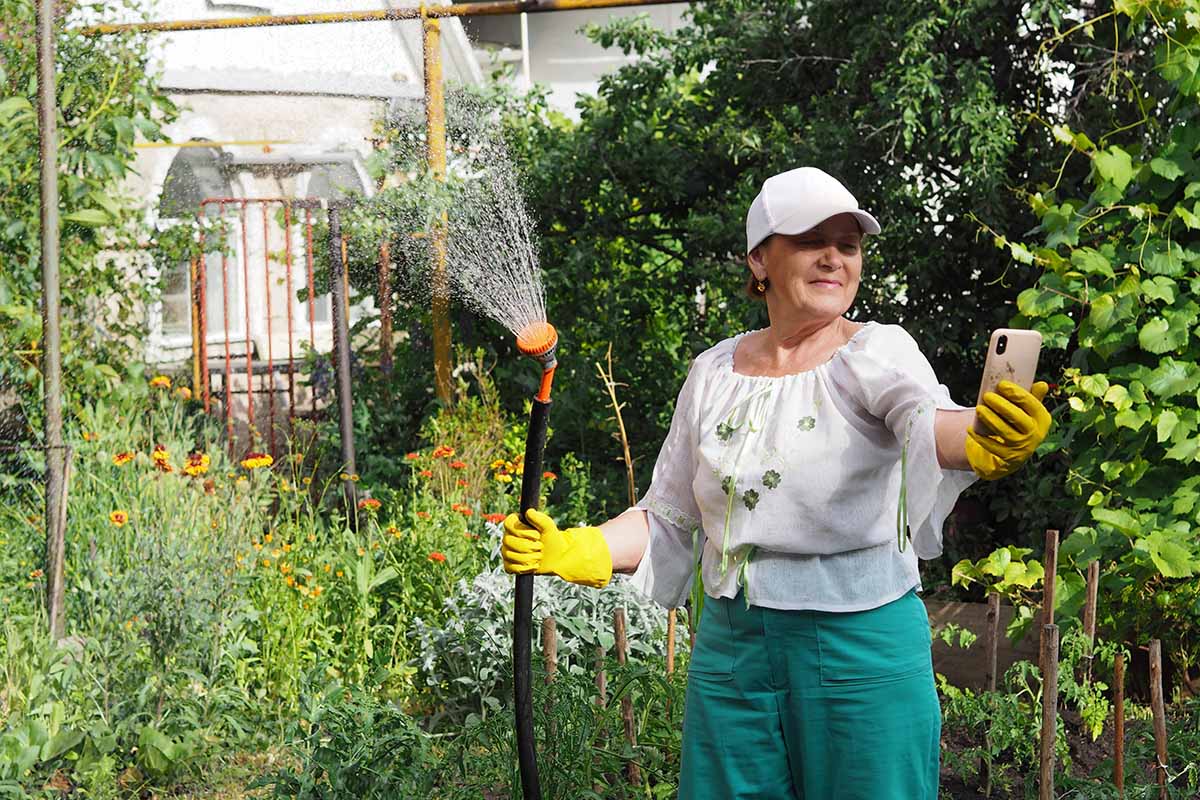
If you don’t have an alert system set up but want extra assurance when working outdoors, be sure to carry a cell phone in a pocket.
Test its signal in the yard for peace of mind before relying on it, and don’t forget to keep it charged.
7. Make It Bold
Acquired color blindness is common for people over age 60.
Reduce color confusion and accommodate low-vision seniors by investing in brightly-colored tools and supplies.
The Roamwild Multi-Digger Dual Grip Garden Hand Trowel has a bright red soft-grip ergonomic handle with two grasping options to support the forearm and relieve wrist and hand pressure as needed.

Roamwild Multi-Digger Dual Grip Garden Hand Trowel
The rust-resistant stainless steel business end features a cutting edge, four-inch measure, dibber spike, string cutter, and V-notch weeding tongue.
The Roamwild Milti-Digger Dual Grip Garden Hand Trowel is available via Amazon.
And to make sure that it’s easy to read seed packages and use amendments like fertilizers, keep a magnifying glass handy.
This jeweler’s loupe may be just what those with low vision require.

Jewelers Loupe Magnifier with Light
With two LED lights and two high-power lenses, small print, tiny seeds, and emerging sprouts may become clear and distinct.
The Pineapple 30X 60X Jewelers Loupe Magnifier with Light is available via Amazon.
Gardening as Therapy
These tips go a long way toward improving the quality of life of an aging plant lover.
A daily or weekly gardening session with hands in the soil surrounded by flowers and foliage is relaxing and rejuvenating.
With our knowledge of the benefits of horticultural recreation, we are seeing a proliferation of programs for seniors.

Many retirement communities and assisted living facilities are incorporating plant-related activities into their event schedules.
From a therapeutic standpoint, they may contribute to a reduction in health costs and an improvement in residents’ quality of life.
Tending plants may be a gardener’s best medicine.
What adaptations have you made to keep tending plants accessible and enjoyable? Please tell us about them in the comments section below.
If you enjoyed this article and would like to read more about gardening topics helpful to seniors and plant lovers of all ages, we recommend the following:
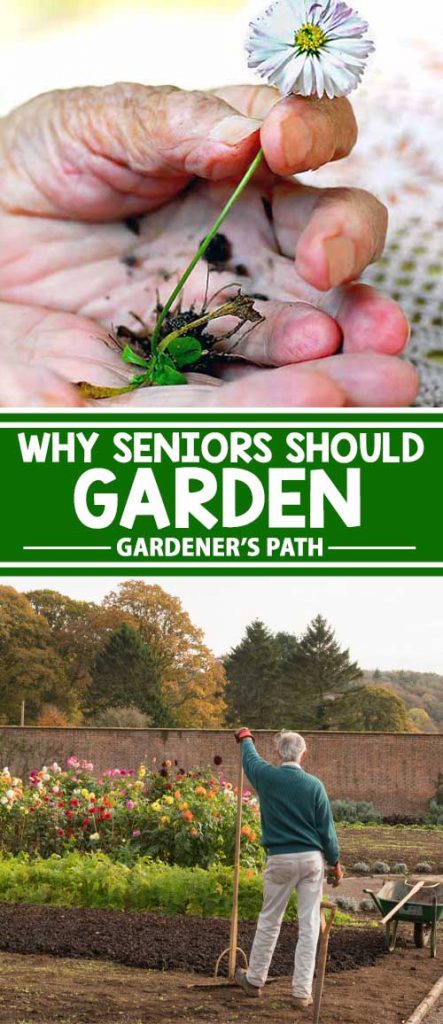
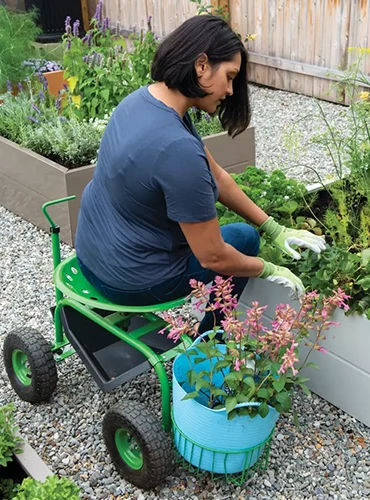
Hi Nan, my name is Rakan and I’m the founder of a gardening company called Herbie. Our goal is to make gardening more accessible and easier for beginners. I’ve found our beginner gardening kit subscription a great fit for seniors looking to get into gardening. Would love to connect and share more if you are interested. Thank you.